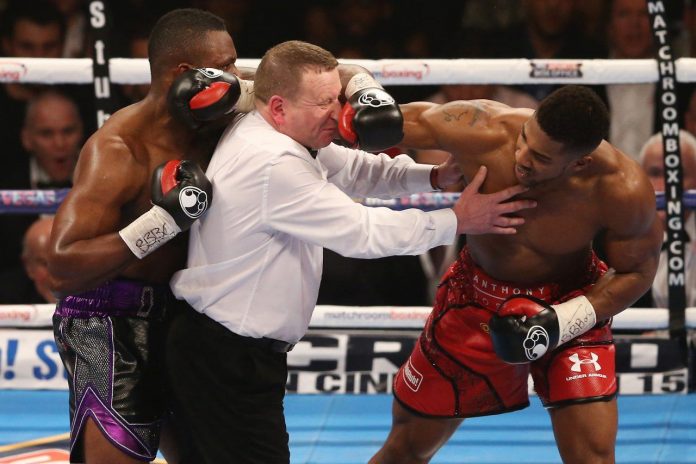With Virtual Reality having a very ‘real’ impact on our lives, the technology is changing the way we live… or are going to live in the foreseeable future. One of the surest demonstrations of this is a sport like boxing.
For centuries – yes, centuries – boxing has been the ultimate ‘real life’ event. I mean, you get into a ring, you hit the other guy, he hits you back. He hurts you, you hurt him, you win the bout and walk away… or you hope to do so.
Life doesn’t get much more real than that.
I heard one boxer say once that the time he spent in the ring was the time he felt most alive, with the adrenaline rush, with all his senses reaching out to ‘feel’ his opponent, with his instincts going feral with the effort to reach his opponent.
What place has Virtual Reality in all that?
Plenty, it turns out. With live streaming of boxing matches, with shadow boxing against virtual opponents. But is live streaming realistic? And are the virtual opponents any good… especially against a boxer trained in real life?
I’ll give you all the answers to those questions… right now.
Live Boxing Events in VR
These are the most developed of all the boxing-related advances. While VR live boxing events are still in their infancy – meaning that I see them developing in ways perhaps not even imagined yet! – they’ve already become quite sophisticated.
Most of the Virtual Reality streaming of live boxing events today has been pioneered by NextVR. And most of these streams include live commentary, multiple possible views generated by multiple VR cameras, and advanced computer graphics programmed directly into the 3D VR feed!
And yet – as I said – the tech is still in its infancy! Things are only going to get more sophisticated, until I visualize the day when no one would dream of watching a live boxing event other than through VR.
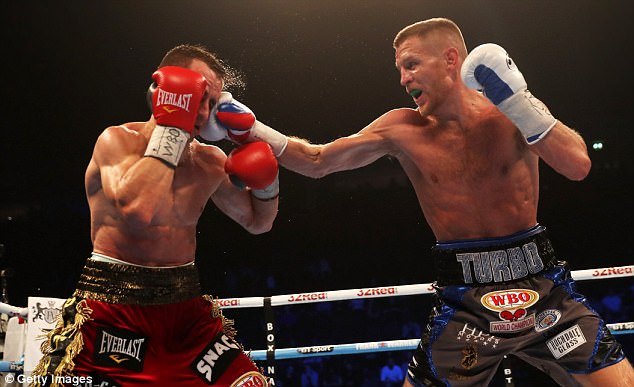
What makes VR streaming of live events better?
To understand that, you would
need to watch a live boxing match streamed through VR. But, in short, you feel that you are ‘there’ in a way you just cannot while watching a conventional match feed. It feels like you’re right in the ring – or at the corner.
You can gauge distances, see expressions, even almost feel the impact of a punch as one boxer strikes another…
What multiple cameras mean for a VR experience
When each camera streams – and broadcasts – independently, this means that by shifting between cameras you can almost feel as if you are walking around the boxers as they fight – almost as if you occupied the position of the referee in the ring.
That’s not just ‘ring-side’ – that’s a first-hand experience of the fight that you’d be hard put to get elsewhere. That you can’t get elsewhere.
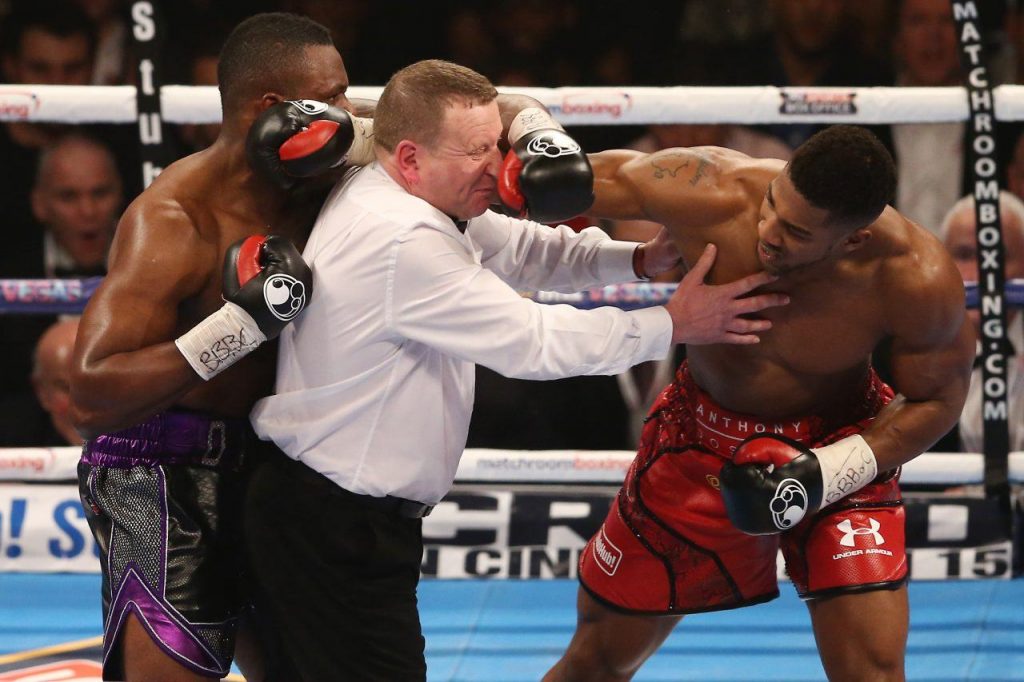
The future! – A true ‘walk-around’ experience?
But actually, the multiple cameras have even more potential than they show at present. At present, viewers can switch between cameras.
But I visualize a day when the feeds from the multiple cameras are merged into a single seamless VR feed that allows a person to actually ‘walk’ around the ring by manipulating a control. This will allow him to approach the fighters, or ‘move back’, or to sidestep to get a better view.
As well as being able to shift viewpoints at will. I see this advancement being implemented very quickly, perhaps as an alternate option to the multiple viewpoints.
That’s the point where VR should more or less replace conventional viewing of intense, compact sports events like boxing matches for all true enthusiasts.
The technology to seamlessly integrate 360-degree views from multiple feeds already exists
Yes it does – in conventional baseball broadcasting! Look at this video.
See how the views ‘freeze and rotate’. It seems to be CGI magic – only it isn’t.
What you’re seeing is the feed from about a dozen high-end cameras, seamlessly integrated into one pattern.
A pattern that then gives you a basic ‘walk-around view’.
Intel is pioneering applying similar technologies to sports VR
Intel is proving to be a driving force behind future technologies that could be used in VR sports broadcasts, and have taken several steps recently that could well make them major players in VR sports a couple of years from now.
The power behind the VR sport broadcasting of tomorrow
Intel has recently purchased Voke, a company that develops cutting edge VR camera technology. It has also bought Replay Technology, a company that has pioneered the method of merging VR streams from different cameras into one seamless 360-degree VR sports experience!
When the technologies from these two companies are merged, VR sports viewers will be able to move forwards and backwards into the action, move around a boxing ring or baseball arena with the freedom of the actual sportsmen, stand within four feet of a boxer, dodging around him as he delivers that final, massive knockout blow.
This technology may take a couple of years to become mainstream. But the fact is that… as of this very moment, it already exists.
It is becoming mainstream. It is inevitable!
The VR streams available today are a shadow of things to come even two years from now. The entire face of sports broadcasting is about to change into a deeply immersive experience that puts viewers and fans feet away from the action!
And not only will viewers be able to ‘get into the experience’, but they will be able to edit the feed, going back and adding their favorite parts to a personal feed, and will be able to send that personal feed to friends.
Their friends will have the ability to move around the chosen shots as they please!
Oops… This is the wrong VR program. Where’s my boxing simulation?

Ah… there it is…
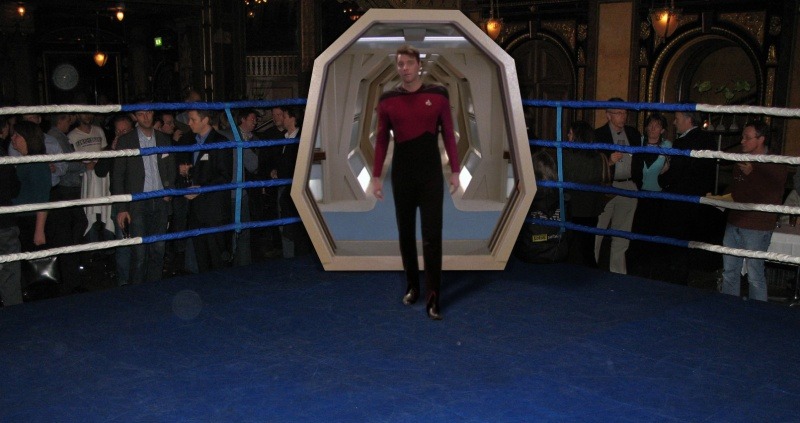
The future looks bright… so what’s missing?
Oddly enough, compatibility with the best VR devices. That’s what’s missing!
While the present broadcasting technology is state of the art, and going to be virtually perfected in the next two years, on the user end, what that technology is most compatible with is GearVR – a simplistic device that is basically run by a Samsung smartphone.
Compared to dedicated VR viewing technology, that is limited in the extreme. Yet most sports feeds are incompatible with high-end viewing devices that can actually deliver the ultimate VR experience.
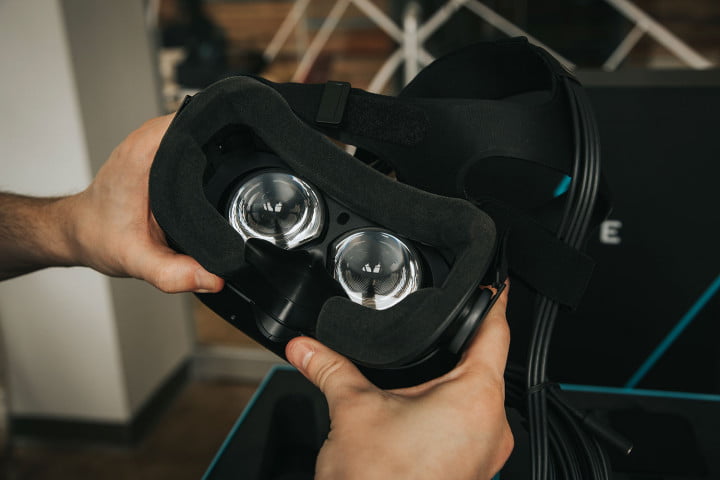
This is shortsightedness that is holding the entire VR sports industry back
Sure, google cardboard and other smartphone ‘VR’ apps are fine to play around with. But they’re hardly the hardware for the ultimate VR streaming experience.
NextVR has done an excellent job pioneering VR sports viewing, but if they can’t adapt, let them move aside and make way for those who can actually move the VR sports industry into the future.
If NextVR can’t promise compatibility between their feeds and most of the VR devices out there in the near future, let them step aside for a company that can.
Not that I’m complaining about smartphone-VR devices
They bring VR within reach of everyone. But, let’s face it, while they represent the greatest number of viewers (no mystery there as to why sports broadcasts are targeting them) – they represent the lowest standard of VR technology.
The highest standards come with dedicated VR gear attached to the power of a PC.
Sure, some people might find that inconvenient. On the other hand, the advantages in positional tracking and such (with the computer tracking when you sit down, stand up, and turn your head) are superlative.
It’s all about Power
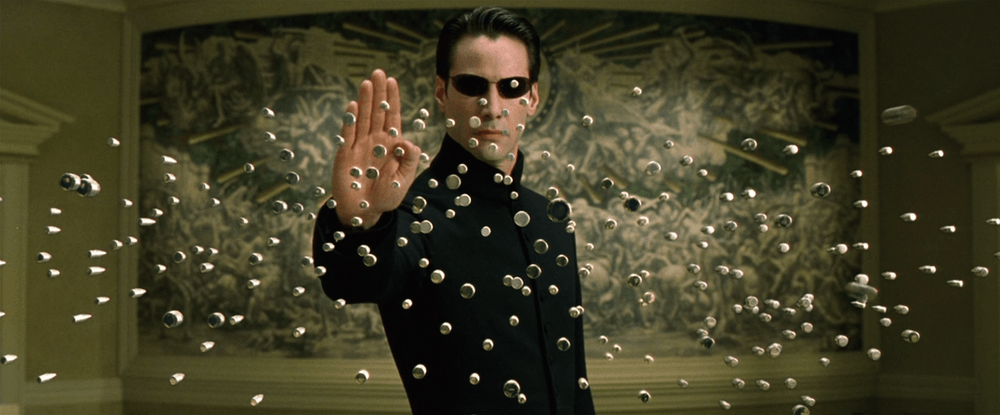
Isn’t it always?
But I’m talking about hardware here.
Did you know that VR feeds today are captured on Red EPIC Dragon VR camera technology? That’s absolutely high-end.
The resolutions of the transmitting cameras are far beyond smartphone screens. Heck, smartphone displays themselves show a maximum pixel resolution that is… quite frankly… too low.
It’s cash vs capability
It make sense for VR that aims at the public to target the smartphones that everyone uses. But consider what Oculus is aiming at. They’re trying to develop 16k resolutions that will mimic the very resolutions of the human eye. Admittedly, they’re focusing that 16k in a view-field that only spans a 100 degrees. But it’s a beginning.
Why the small field of view?
That brings us to another limitation – bandwidth.
NextVR themselves stream in a 180-degree field, not a 360-degree field. That’s to reduce bandwidth. It’s also to ensure that the present visual delivery capability of the VR headset delivers the best possible visual experience. After all, if you double the field of vision, the present pixel-count of your visual device is divided by half – halving the quality.
The best of both worlds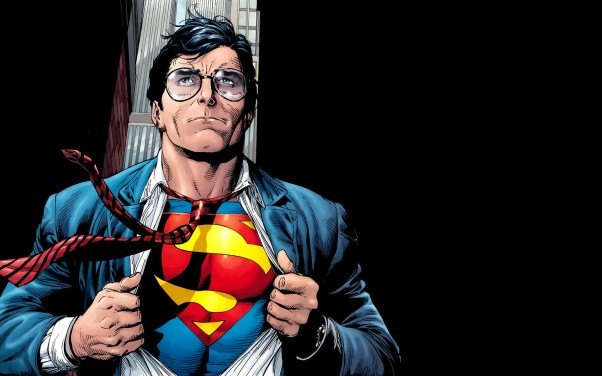
For now, there’s no cause for concern. NextVR is actually doing a brilliant job with a nascent technology. So long as they don’t run a monopoly, or so long as they fund advances to the technology, things are bound to improve.
In a few boxing matches I saw, the VR quality was actually pretty reasonable.
By restricting the field of view to 180-degrees, NextVR effectively doubled the deliverable quality.
When you take that alongside the fact that the usual TV feed is actually available inside the VR broadcast, allowing you to see slow-motion shots and other things of the sort, it’s actually a grand experience.
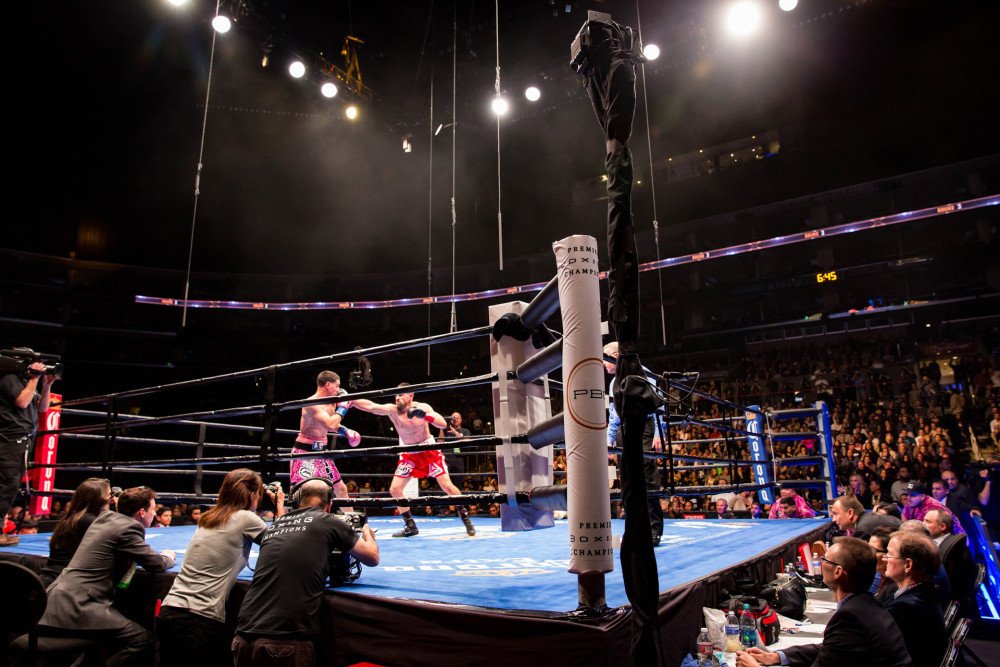
Even as the tech is today, you feel the power of each blow
You feel the drive to victory and the pain.
You feel each round, and hear the roar of the crowd. If you miss a shot, the TV feed is right there inside the VR broadcast, with a slow motion replay.
The future has arrived
It’s just… not perfect yet!
But it will be. And that might well be within the next two years!
But it’s not all about the viewers – what about the boxers?
What do boxers get out of Virtual Reality?
Well, it’s all very much in the nascent stage at the moment, but VR might well become one of the ultimate training aids for boxers.
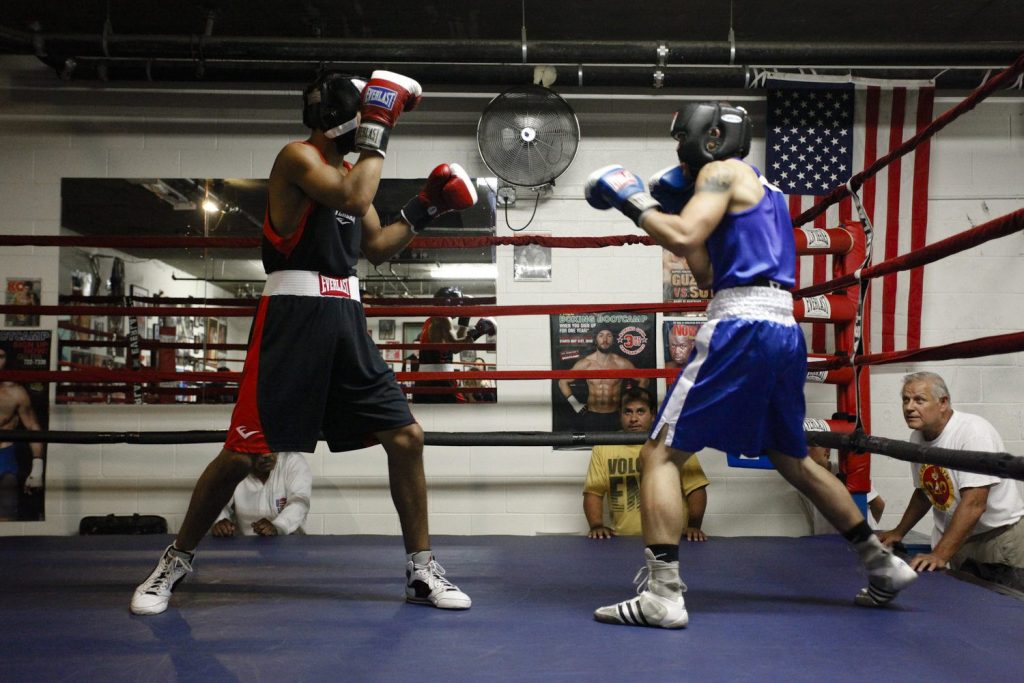
The price boxers pay – a shortened life-span
Hey, no one likes to talk about it. But I pull no punches. Boxers ‘pay’ to entertain us. With a shortened life-span. Repeated concussions and being beaten to a pulp at regular intervals will do that to you.
VR can reduce the damage boxers take
Now hold on… I’m NOT talking about matches in VR. At least, not yet. I’m talking about training in VR.
See, a boxer trains for the ring, and he has to train to be able to take blows and keep on coming – this means that real-life sparring is absolutely necessary.
But what if he could put in lots of extra, painless training.
That’s where VR technology comes in
A boxer could go up against a virtual opponent in a boxing simulation for hours every day, continuously honing the speed of his reflexes, making his jabs faster, his parries more effective. Sure, his opponent has limited mental capability, being an Artificial Intelligence – but the Virtual Opponent also has the potentially lightning-fast reflexes and reactions of a true machine.
And you could have both artificial and real opponents
What about two boxers going up against each other in VR?
They’d bring human cunning and intelligence to the bouts – and be able to put in hours of ‘extra training’ that didn’t result in physical blows and damage.
This is what I envision boxers’ training like a few years into the future
The boxer heads out to the gym.
- After his regular training, bag practice and such, he spends a good amount of time sparring with a real partner.
- Before he’s fully tired, he dons a Virtual Reality headset, and goes all out against a lightning-fast computer opponent in VR. The opponent is better than he is, in many ways. The Virtual Opponent’s reactions are faster, his jabs almost unstoppable. But humans are adaptive. Training against this inhuman machine every day, the boxer improves until he can actually fight the inhuman machine on equal terms.
- After his bout with the machine, the boxer goes up against a number of other human partners for some relaxed sparring in Virtual Reality. This allows them to work on tactics without taking blows and without getting hurt – which in turn allows them to work on tactics longer.
This is the sort of session that could take boxing beyond what it is today, pitting boxers against virtual opponents that are, in effect, machine-fast, so that the boxers themselves become brilliantly fast at attack and defense.
Aye, it’s the first wave of the future.
But how much of this actually exists today?
Well, there’s the VR boxing game called Thrill of the Fight.
This video will give you an accurate idea of what playing the game is like for the average Joe…
As with most technologies today, it is limited to a segment of hardware – in this case HTC Vive. But it is expected to migrate to other hardware like the Oculus Rift soon.
For the moment, it is made for HTC Vive because it requires tracking controllers for the hands.
After you set up your character, you are transported to a Boxing Gym, where you face perhaps the ugliest opponent in boxing history.
Actually, there are a whole set of opponents, but they’re all equally ugly. It’s a positive pleasure to belt them one. I’m not exaggerating – one of the possible opponents is an undead zombie.
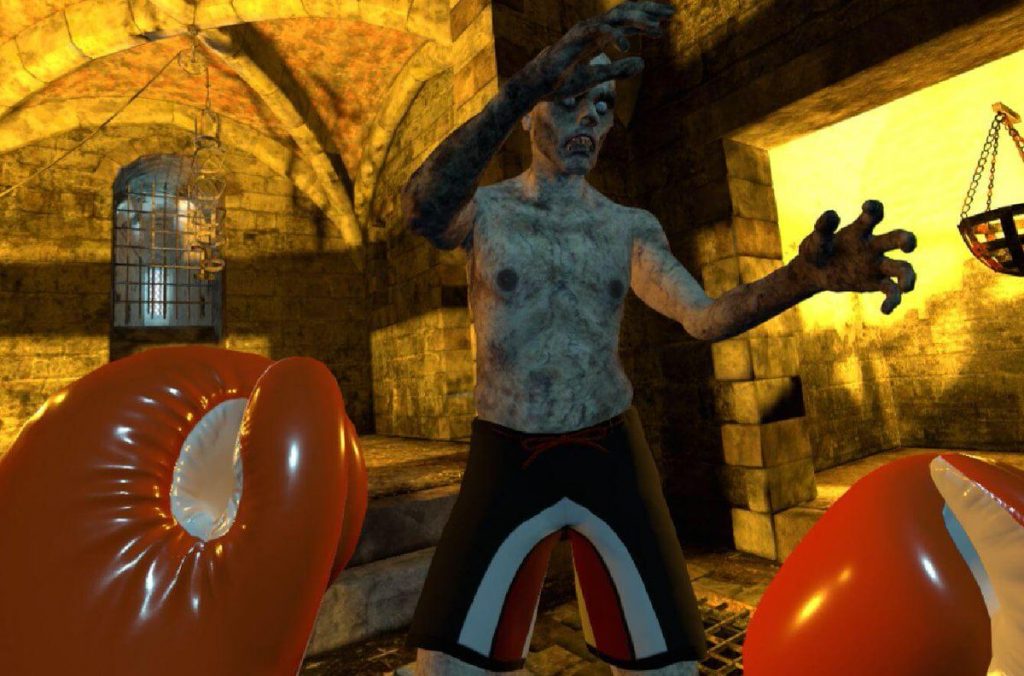
The problem is they hit back. Hard.
At least if you’re a guy – or girl – with average fighting capability. They duck, they parry almost all your blows (only clever combinations have a chance), they respond with lightning fast jabs.
It’s great practice, and really hones your reflexes and footwork.
It’s also great exercise, and will have you ‘on the ropes’ – if you’re out of shape – in ten minutes flat. But it’s so much fun that you’ll keep going, keep pushing it. It’s not like running on a treadmill – this is heart-pounding excitement.
It is, in fact, Virtual Reality.
But does Thrill of the Fight provide challenges for the professional boxer?
Unfortunately… no. Here’s a video of a pro taking on the virtual opponent – er, while horsing around doing other stuff…
You see that the computer opponent just doesn’t cut it against pros.
The boxer downs ‘him’ multiple times, running rings around him, beating him down again and again – at one point the system even crashed because it just couldn’t take all the stuff the pro was throwing at it.
As I said, the technology is only starting out.
The problem is the technology is not centered on professionals
Thrill of the Fight is a great piece of software, but it’s centered on providing a challenge to the average gamer. It’s not centered on the reflexes and training of a boxer at all.
A special training software would need to be developed centered on the professional – or the ‘difficulty levels’ of the AI behind the Thrill of the Fight opponents would have to be seriously upgraded.
But the technology itself certainly has potential. The HTC Vive demonstrates that practical Virtual Reality training – or even VR combat against a live opponent in Virtual Reality – is possible.
Of course, both ‘players’ would have to be in different rooms, or they might actually hit each other for real – and those VR headsets aren’t expendable.
Look, Thrill of the Fight, as a game, is pathetic. It has horrible graphics – in an age where virtually every game has graphics that are almost true-to-life. It has horrible A.I.
Check out this Star Trek simulation for an idea of what VR graphics can be like…
I visualize VR boxing simulations where the A.I. can mimic the very fighting styles of boxing legends.
Who are this line-up of dirt-ugly characters in the game?
I want to take on Muhammad Ali.
So give me Muhammad Ali!!!
I want to match him at ‘Floating like a Butterfly’ and ‘Stinging like a Bee’. I want to put the great man down… hard.
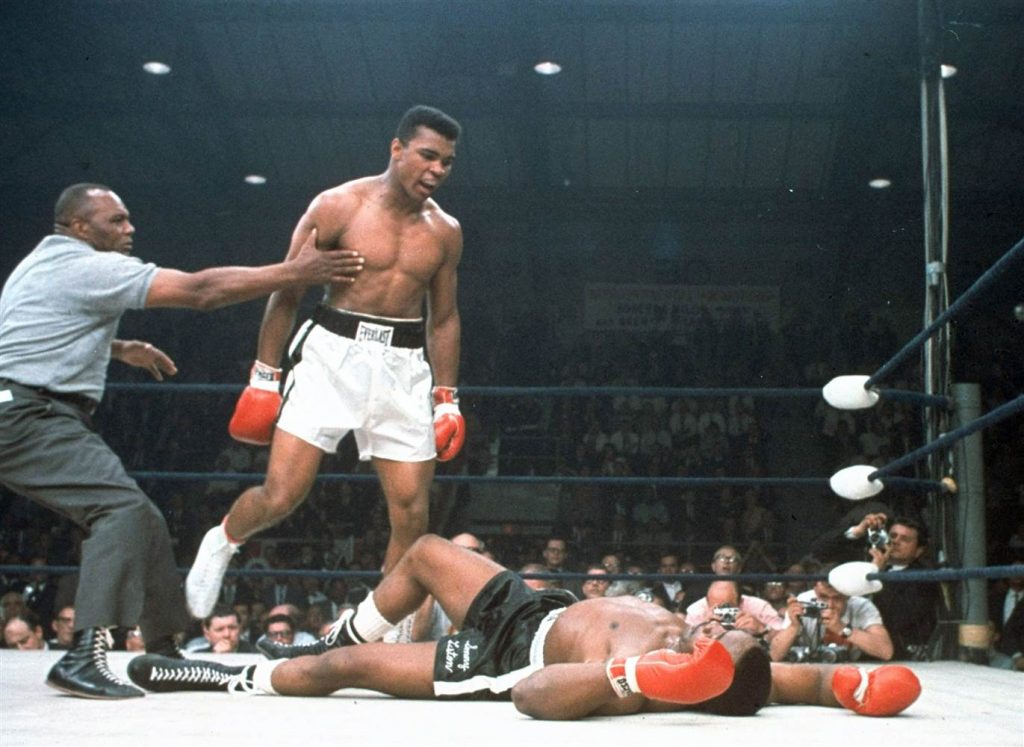
Fantasy?
No.
